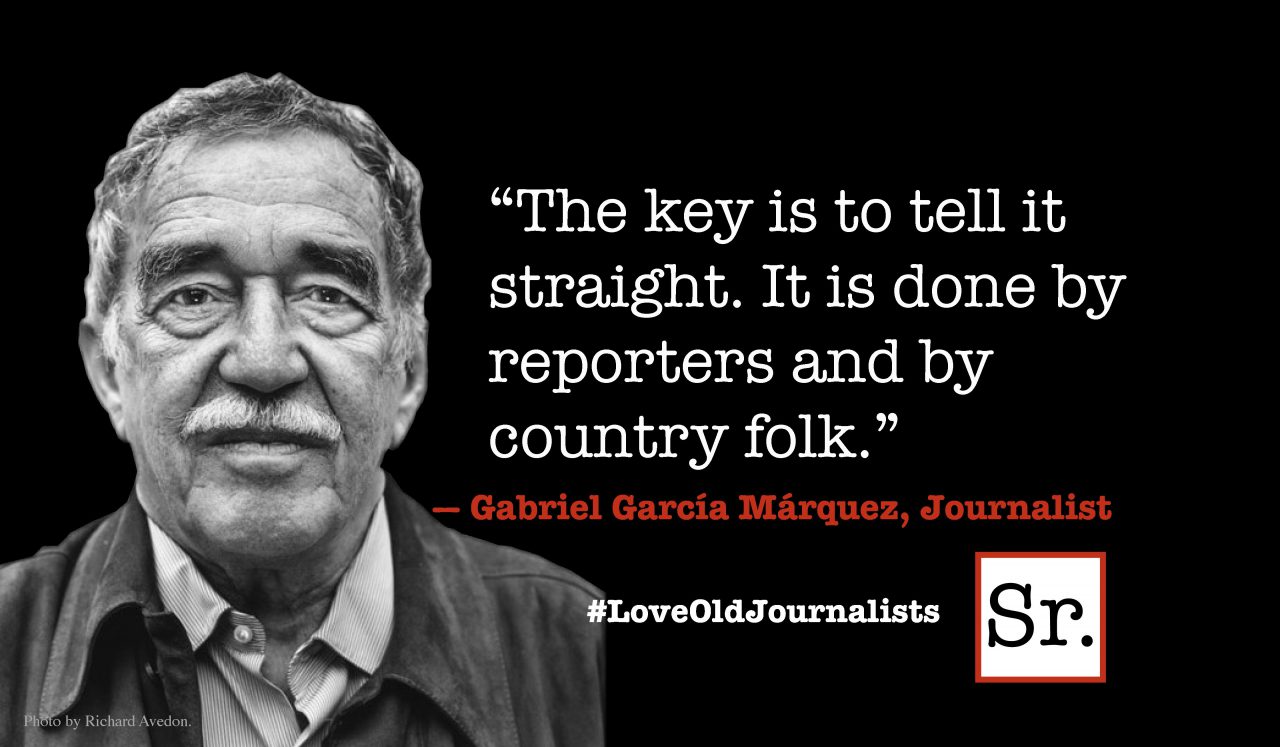Do you have a million bucks in the bank yet?
If not, this is for you.
It’s the clarion call that I wish I had heard long before I did. And it’s one that, whatever your age, is critical for you to invest the next three or four minutes in.
There’s a very good chance you’re going to live into your 90s. And there is a good chance you’re going to want to think about retiring around age 65.
My goal today is to get you to do some very simple math to figure out what kind of nest egg you’re going to have to have by the time you’re 65.
Let’s see. Take a wild guess at how much you’ll need each year to live. Hopefully you’ll have a paid-off house to live in or some other reasonable solution. Say you can live on $5,000 a month, or $60,000 per year, net (meaning, available to spend after any taxes). You’ll need to fund 25 years (from age 65 to 90) at $60,000 per year, or $1.5 million.
Okay, maybe you have faith that the politicians will get their act together and actually save Social Security. Say you’ll get the equivalent of $1,500 a month. That drops your target down to $3,500 a month, or $42,000 per year. You’ll need just $1,050,000 saved.
Now divide that by the number of years left until you plan to retire and you’ll have a rough idea of how much you should be adding to your nest egg each year, through savings and earnings on what you’ve already saved.
Lots of other factors complicate the calculation, including the fact that your money will still be earning income over that 25-year period, as you draw it down. It’s not like you’re going to pull it all out of your investments the day you retire. And then we have inflation and other unknowns. But I’m just trying to give you the big picture. Or the big wake-up call.
On the other hand, maybe you’re more ambitious and prefer to have a large enough nest egg that spins off $60,000 (or $42,000) per year. Just to put that in perspective, if you’re clever enough to figure out how to get a steady 10 percent annual return on your money, you’ll need $6 million (or $4.2 million) set aside. Tougher, no doubt, but at least you can leave the principal to your kids after they’ve taken such good care of you during those last years … when they’ll be facing retirement themselves.
Large asset management companies are concerned that today’s economic uncertainty and low returns on investments make it hard for a 35-year-old to accumulate those amounts before retirement. And the longer you wait, the harder it is.
In fact, Larry Fink, Chairman and CEO of BlackRock, Inc. (the largest asset management firm in the U.S., handling $3.5 trillion in assets), said the other day that they’ve calculated an average 40 percent gap between needs and savings for Americans going forward into retirement, even including Social Security, 401k’s, defined contribution pension plans, etc.
The problem is longevity. More and more people invest time in living longer by exercising, taking vitamins and visiting doctors more frequently, but they invest no time at all in how they’re going to afford that longevity.
You have a choice.
Either your retirement can turn into a curse and a burden for your children … Or you can do the little rough calculation below, figure out what you need to save and then how you’re going to do it. Somehow, I hope to instill in you a gut-level instinct of the consequences of not being prepared.
Gross requirement (after tax): __________ per month
Subtract Social Security (projected): __________ per month
Net requirement (after tax): __________ per month
Times 12 months: __________ per year
Times 25 years: ____________ total nest egg by ______ (year)
Years until retirement: __________
Divide total nest egg by years until retirement = _________ savings per year
Every decision from this day forward should run through the filter of whether it takes you closer to being prepared … or, conversely, closer to more stress, uncertainty and potential misery.
I know, it sounds pretty harsh, but the reality before you IS harsh. There is no way to sugarcoat it. It’s now up to you to turn that around so you can look forward to future years — to a time when you’re financially free and able to enjoy (rather than burden) your children and grandchildren.









